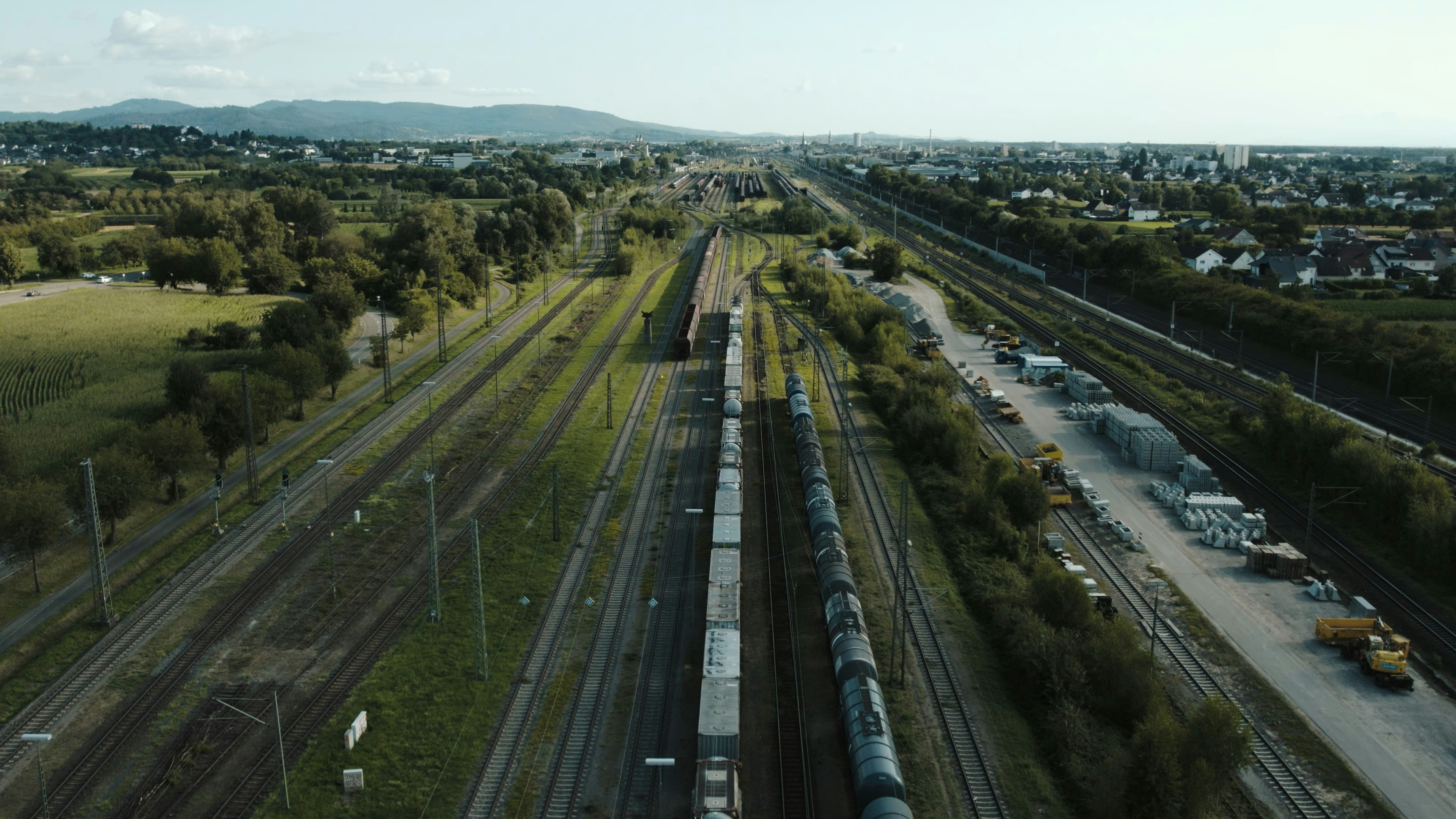Climate change
Ahlstrom strives to be the leading specialty materials company, co-innovating safe and sustainable solutions, including low-carbon products. Identifying the most cost-effective methods for successful emission reduction and commercialization of decarbonization efforts is crucial, driving the company’s future growth and competitiveness. By collaborating with customers and suppliers to create solutions that address global trends, Ahlstrom aims to contribute to climate change mitigation.
Ahlstrom has screened its major emissions sources and identified that we generate greenhouse gas emissions throughout the entire value chain. Nearly two-thirds of Ahlstrom’s total carbon footprint occur upstream and downstream in the value chain from activities like purchasing and manufacturing raw materials, processing products by customers, and transporting materials and end products. Most of these emissions occur upstream from the procurement of pulp, synthetic fibers, and chemicals. In many cases, the emissions depend on the energy used to produce these raw materials, as is often the case with pulp, or on the inherently energy-intensive nature of the raw materials themselves, which is often the case with chemicals. The remaining one-third of Ahlstrom’s total carbon footprint is attributed to its own operations using fossil fuel-based energy, either directly from manufacturing or indirectly through energy purchases.



